Keynote speaker Fernand de Varennes, currently visiting scholar at the National University of the Maldives, did not only address the empowering potential of language legislation on minority language vitality and but also the limiting effects of legal frameworks were they are construed to effectively limit language use. With the limitation of language use and the resulting decline of minority languages in many countries language diversity is threatened globally, a trend de Varennes observes with great concern.
Within the ELDIA project expert researchers undertook extensive case-studies of a number of Finno-Ugric minority languages, some of which were presented at the conference, most extensively the case of the Võro and Seto varieties of the Southern Estonian language.
Reetta Toivanen, senior researcher at the University of Helsinki, keynote speaker and responsible for the media discourse analyses within the ELDIA project focused on the role of media for minority languages. She observed a very low interaction between minority media, were it exists, and majority media and a general absence of the linguistic minorities studied in majority media. In many case-studies presented minority languages and individual multilingualism contribute only marginally to wider debates on societal language diversity, an observation that holds true both for policy and legal discourses as well as for debates in the media.
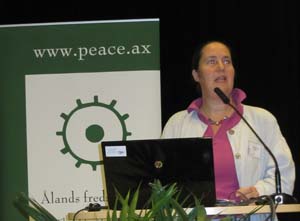 In her keynote speech Sia Spiliopoulou Åkermark, Director of the Åland Islands Peace Institute and responsible for the legal framework analyses within ELDIA, summarized the results of the legal analyses by pointing out that in most cases language legislation has shown to be too complicated and scattered, often ambiguous and contradictory and that individual speakers lack knowledge about laws and regulations and may therefore not be able to fully exploit the means available for the protection of their language.
In her keynote speech Sia Spiliopoulou Åkermark, Director of the Åland Islands Peace Institute and responsible for the legal framework analyses within ELDIA, summarized the results of the legal analyses by pointing out that in most cases language legislation has shown to be too complicated and scattered, often ambiguous and contradictory and that individual speakers lack knowledge about laws and regulations and may therefore not be able to fully exploit the means available for the protection of their language.
The conference was also a first occasion for a broader presentation of the European Language Vitality Barometer (EuLaViBar) which has been developed within ELDIA and which aims to visualize the speakers’ understanding of the existing degree of capacity, opportunity, desire and the language products available for the use of a minority language, in the educational sphere, with regard to media use and with regard to language legislation. The barometers are based on extensive quantitative researchers and accompanied by qualitative research reports.
A decisive outcome of the conference is the importance of the given context and broader socio-economic and historic circumstances in the respective home countries of the language minorities studied.
The conference was followed by a presentation of Sylvie Rohanova from the European Commission’s Directorate General for Research and Innovation on the support provided for by the Commission for large scale research projects concerning multilingualism and language diversity. ELDIA is funded within the Commission’s Seventh Framework Programme for Research and will run until mid-2013.
The research result of ELDIA are published within the report series Working Papers on European Language Diversity, available for download here.
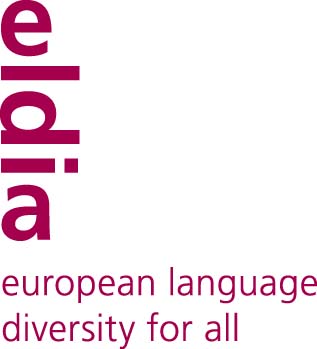
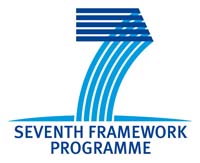

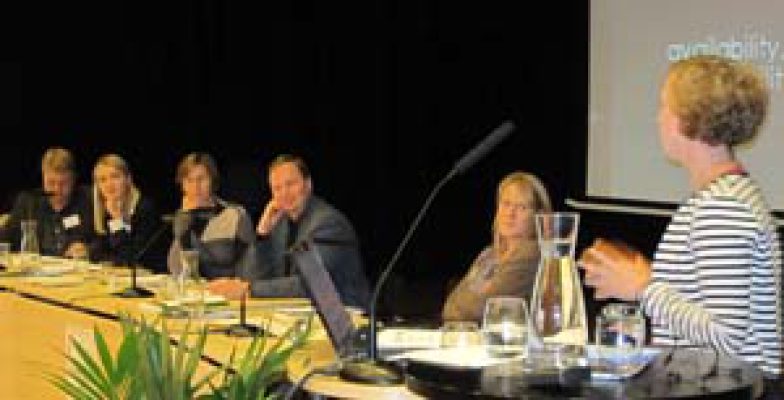
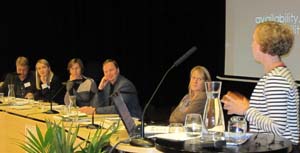 On 27 September 2012 the Åland Islands Peace Institute, one of eight partner institutions within the project European Language Diversity for All (ELDIA) hosted a conference entitled Changing Linguistic Landscapes – Law, Languages and Multilingualism in Context. Lawyers, socio-linguists and experts from related disciplines discussed, among others, the extent to which legal frameworks for language use and maintenance can affect language vitality.
On 27 September 2012 the Åland Islands Peace Institute, one of eight partner institutions within the project European Language Diversity for All (ELDIA) hosted a conference entitled Changing Linguistic Landscapes – Law, Languages and Multilingualism in Context. Lawyers, socio-linguists and experts from related disciplines discussed, among others, the extent to which legal frameworks for language use and maintenance can affect language vitality.
